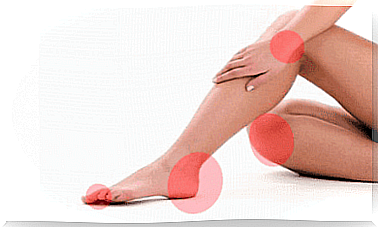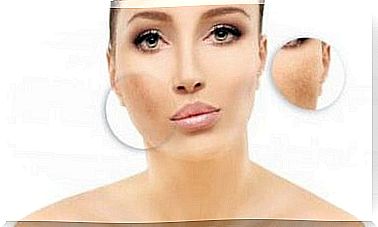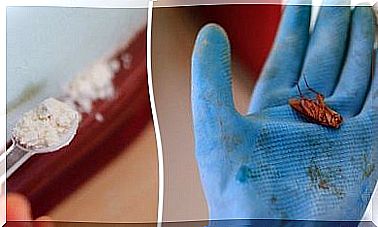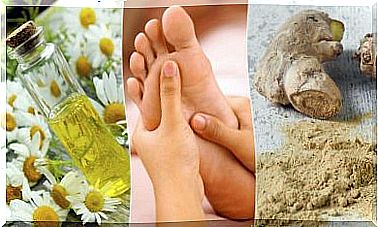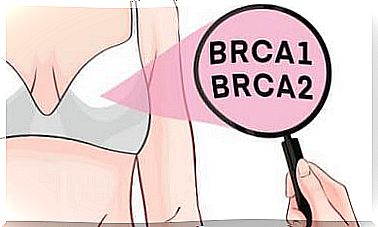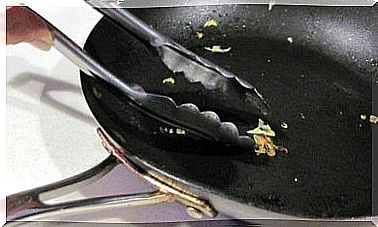7 Ways To Remove Ear Wax

Earwax is a natural lubricant secreted by the glands of the ear canal ; it represents a protective barrier against microorganisms and external agents. It has a gel-like consistency and is made up of fatty substances and dead cells, but it is far from a waste. Its job is to keep viruses, bacteria and fungi away.
The wax becomes a problem when it accumulates in excessive amounts, blocking the ear canal and causing bothersome symptoms such as hearing loss, tinnitus or itching.
Not everyone knows what to do in such cases and inappropriate techniques are often used to remove earwax. The consequences can be inflammation or other pathologies of the ear.
How to remove earwax
Today we describe 7 techniques to eliminate earwax naturally and without causing complications.
1. Mustard oil

Mustard oil is a natural product that facilitates the removal of excess earwax. Its antibacterial properties create a protective barrier against germs and decrease the risk of infections.
How to use?
- Heat a small amount of oil in a bain-marie; when it has cooled down (make sure it doesn’t get too hot), apply it to your ears.
- Keep it inside the ear for a few minutes and, finally, tilt your head to facilitate the escape of the ear wax.
- Repeat with the other ears.
- Finally, clean the outside of the ear with a cotton swab.
2. Apple cider vinegar
Washing the ears with a little apple cider vinegar helps eliminate excess earwax and restore the natural pH.
It reduces the presence of bacteria, prevents inflammation and infections.
Ingredients
- 1 tablespoon of apple cider vinegar (10 ml)
- ½ cup of water (125 ml)
How to use?
- Dilute a tablespoon of apple cider vinegar in half a cup of warm water; pour the solution into a dropper to facilitate application.
- Pour 4 – 5 drops into each ear and let it act for a few minutes.
- Repeat at least once a week.
3. Paraffin oil
Paraffin oil slows down the production of earwax and at the same time softens what has accumulated.
How to use?
- Warm the oil and apply 3-4 drops to the inside of the ear with the help of a dropper.
- Keep your head tilted for a few minutes, then slide out.
4. Almond oil
Among the many uses of almond oil we remember that it is of great help in cleaning the ears.
How to use?
- Pour a small amount of almond oil into a dropper; pour 3 – 4 drops into the ear maintaining the same position for about ten minutes.
- After this time, drain the liquid and clean the outside of the ear with a cotton swab.
5. Baking soda

Thanks to its properties, sodium bicarbonate promotes cleaning of the ear canal, softens ear wax and protects the ear from germs.
Ingredients
- 1 tablespoon of baking soda (5 g)
- ½ cup of water (125 ml)
How to use?
- Carefully dissolve a tablespoon of baking soda in half a cup of warm water, then pour a few drops inside the ear.
- Let it sit for a few minutes, then slide it out and dry with a soft towel.
6. Garlic
The antibiotic properties of garlic make it easier to clean the ear canal and slow down the growth of bacteria and fungi inside it.
How to use?
- Chop a couple of garlic cloves, then heat them in a pan with a little olive oil.
- Wait for it to cool, then apply the product with the help of a cotton swab.
- Leave on for a few minutes and then rinse with warm water.
- Clean the ear with a soft towel and repeat the operation on the other side.
7. Coconut oil
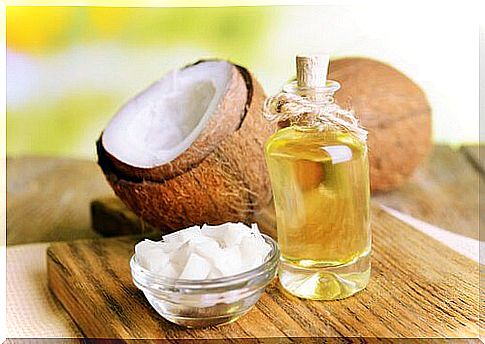
The fatty acids of coconut oil, combined with its antibacterial power, make this oil one of the best remedies for cleaning and protecting the ears.
How to use?
- Heat a small amount of coconut oil and apply it inside the ear with the help of a dropper.
- Wait about 5 minutes, drain the oil and wipe off the excess with a cloth.
- Repeat the application at least once a month.
As you have seen, there are many ways in which excess ear wax can be eliminated without damaging the ear canals.
Avoid using cotton swabs or other unsuitable items that can cause injury.
